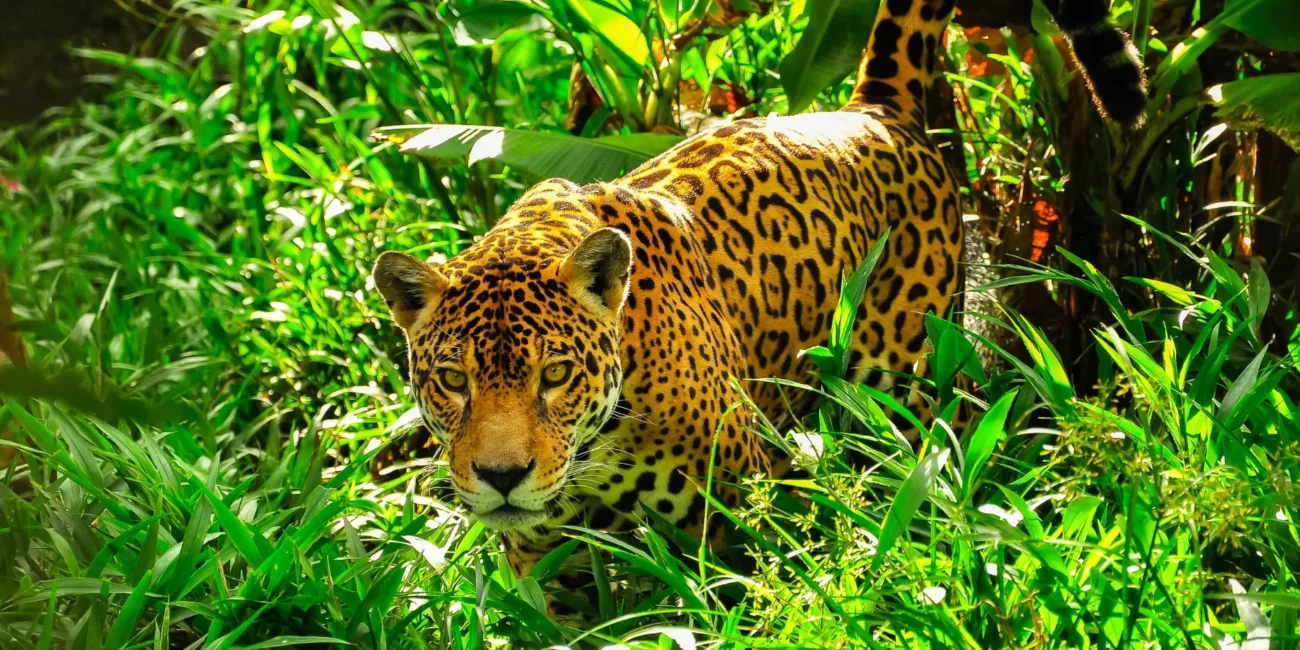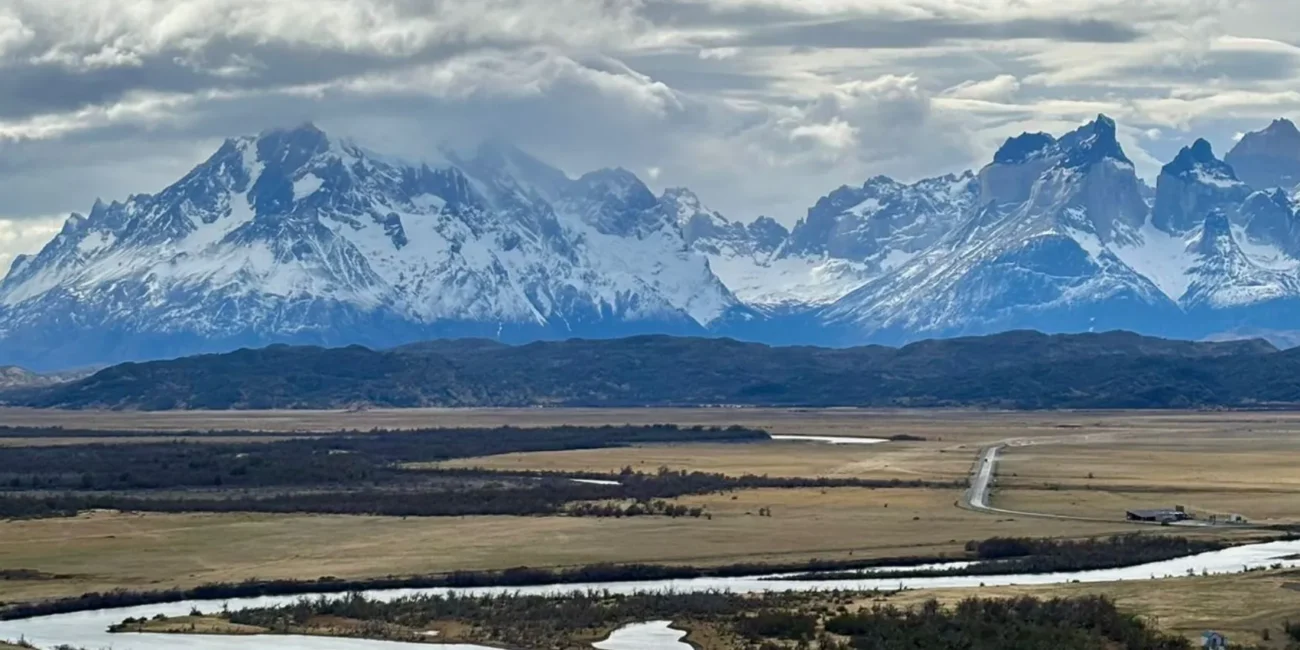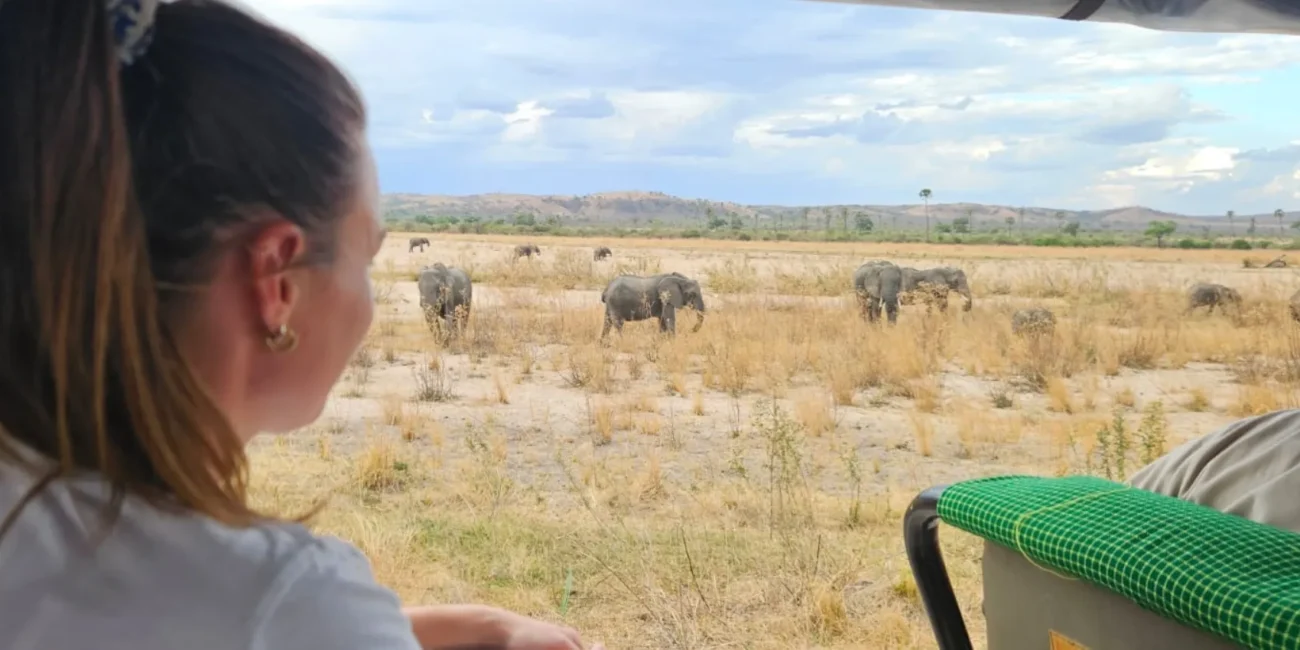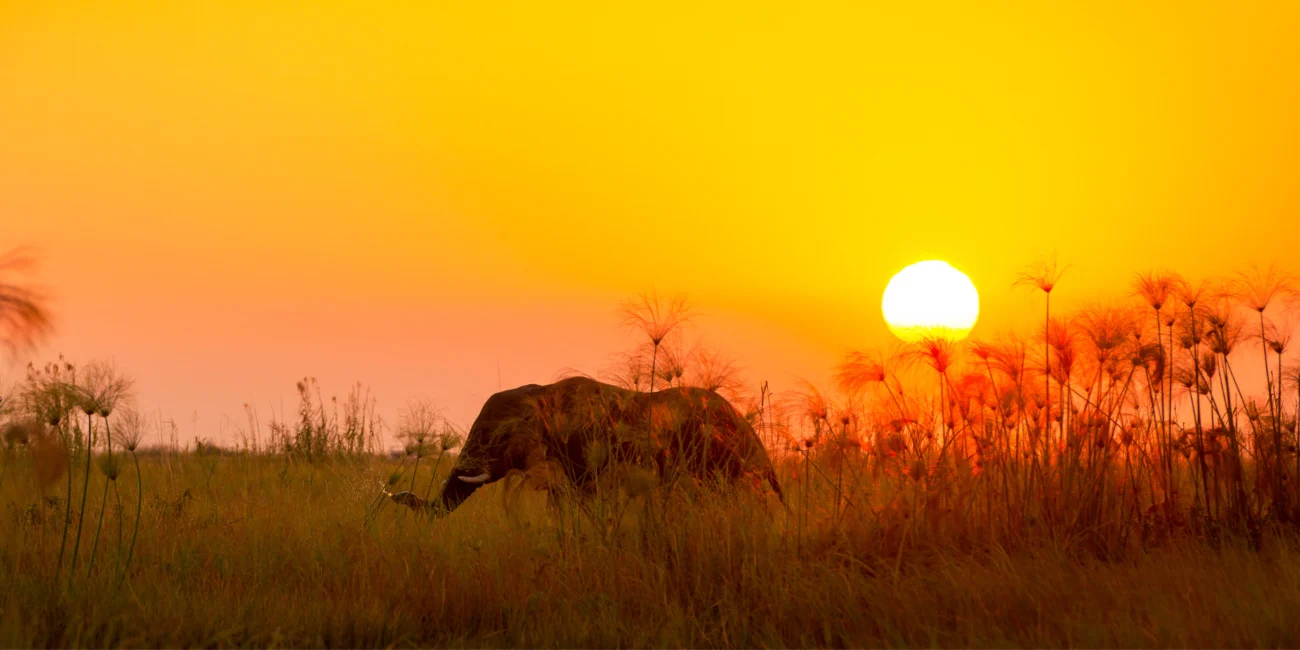An island as large as France drifts off Africa’s east coast, yet in biological terms, it could be another planet.
Indri sing at dawn through mist-soaked rainforests while 800-year-old baobabs guard the arid west like living cathedrals. Reef walls flicker with manta wings, and sandstone canyons echo with ring-tail chatter.
Madagascar offers encounters found in few other places, and every responsible visit fuels on-the-ground conservation.
Read on for practical insights into the best places to visit in Madagascar and how curiosity can create lasting conservation impact.
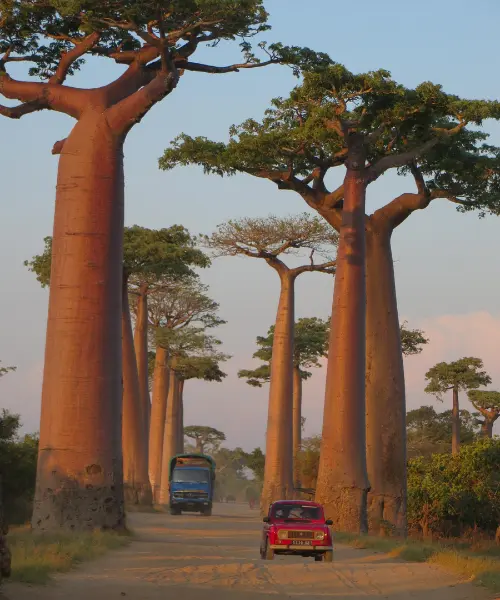
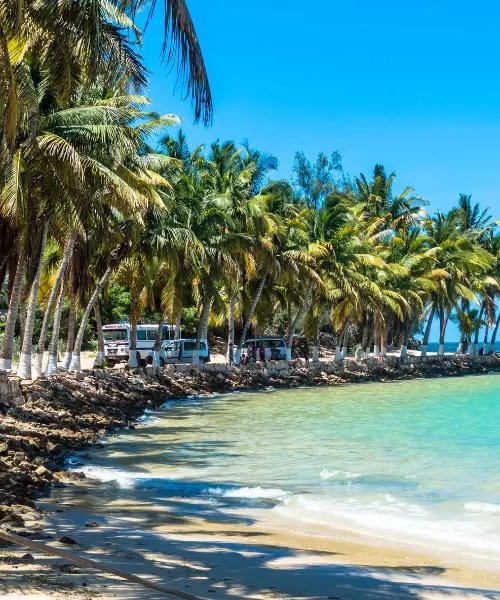
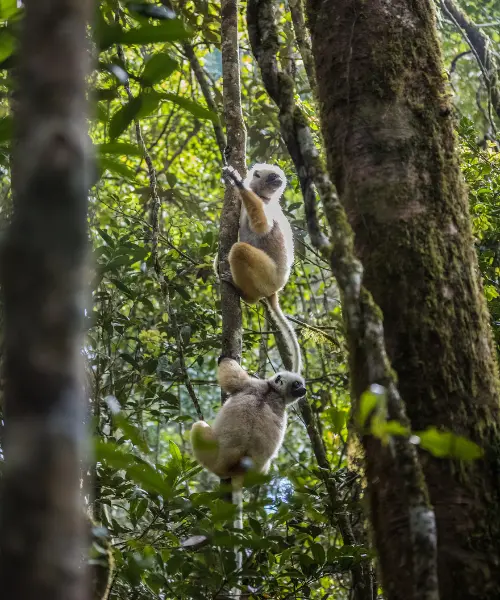
Rainforests in the East
Andasibe-Mantadia National Park
The Andasibe-Mantadia complex has two parts: Analamazaotra Reserve, perfect for families, and Mantadia, which offers wilder, longer hikes. Just three hours east of Antananarivo, Analamazaotra’s flat trails wind through eight square kilometres of rainforest where Madagascar’s largest lemur greets the dawn.
Drive 20 kilometres north to Mantadia, where steeper paths climb past orchids and waterfalls and diademed sifakas bound across mossy trunks. Early mornings bring the indri’s eerie song; patient birders may spot velvet asities and serpent eagles later in the day.
A visit to either sector funds school roofs and firebreaks in six villages. Track lemurs with certified guides, and your fee keeps forest voices alive.
Ranomafana National Park
Shrouded in mist and warmed by hot springs, Ranomafana National Park allows visitors to encounter the golden bamboo lemur while supporting long-running scientific research at Centre ValBio.
Guides point out lemurs chewing cyanide-rich shoots, a behaviour researchers are still unlocking. Evening patrols invite travellers to log feeding bouts and check camera traps, contributing to a thirty-year database tracking climate and wildlife change.
Choose the three-hour Talatakely Loop for lowland forest alive with indri calls, or climb the Varibolomena trail into cool cloud forest where leaf-tailed geckos and red tree frogs hide among mossy trunks.
Park fees contribute towards local classrooms, seedling nurseries and fire-watch teams. Walk the paths, share the science and strengthen the rainforest you came to see.

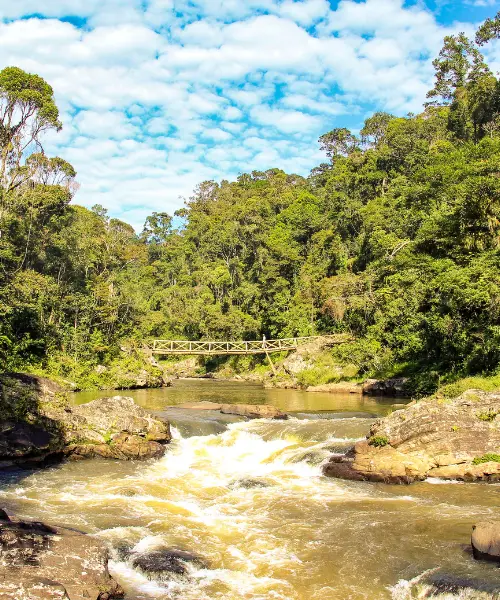

Stone and Sand
Tsingy de Bemaraha National Park
Tsingy de Bemaraha is a UNESCO World Heritage Site in western Madagascar. Over millions of years, rain carved an ancient seabed into a stone forest. Today, thousands of limestone blades rise a hundred metres above pockets of dry woodland.
Guides can clip you into a harness and lead you along fixed cables through shoulder-wide cracks. A 200-metre suspension bridge hangs over the grey labyrinth, giving a view of Decken’s sifakas bounding between spires. Drop into the cool canyons, where the Manambolo River laps cave walls filled with bats. Then, climb back to the sun, where tough succulents grip bare rock.
Entrance fees fund village fire crews and a nursery that raises baobab and Commiphora saplings, creating shady corridors that allow leaf chameleons to move safely. The rock forest looks timeless yet depends on today’s care.
Isalo National Park
Isalo National Park swaps rainforest for russet sandstone and palm-fringed oases, making it the scenic star of the RN7 in southern Madagascar. The park sits three hours north of Toliara, so most travellers overnight in Ranohira and start walking at dawn.
Follow the Namaza Valley trail and ochre walls open onto clear pools where ring-tailed lemurs come to drink. Researchers tag these groups with GPS collars to see how drought changes their movements. Bara guides point to tombs set high in the cliffs. Local taboos, called fady, keep people away, which also leaves the cliff-side plants untouched.
Stay after dark, and the Piscine Naturelle fills with a chorus of jewel-green frogs. You can record calls on a free phone app, sending fresh data to herpetologists who track amphibian health across the massif.
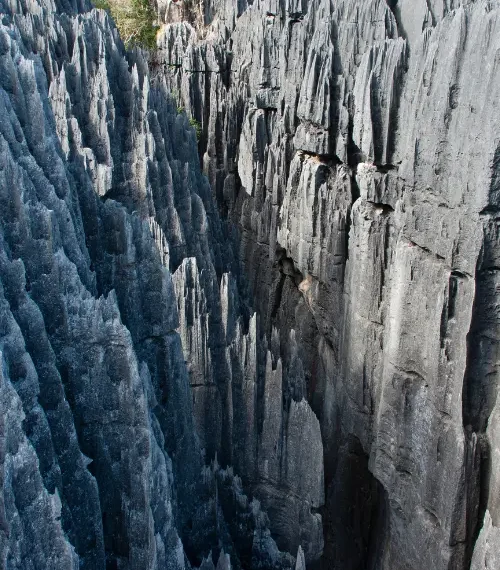
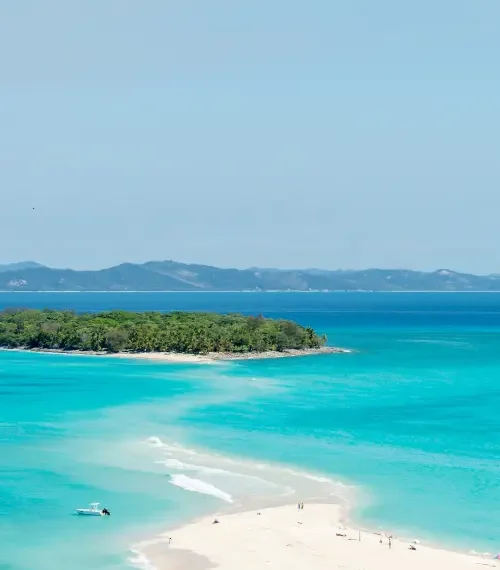
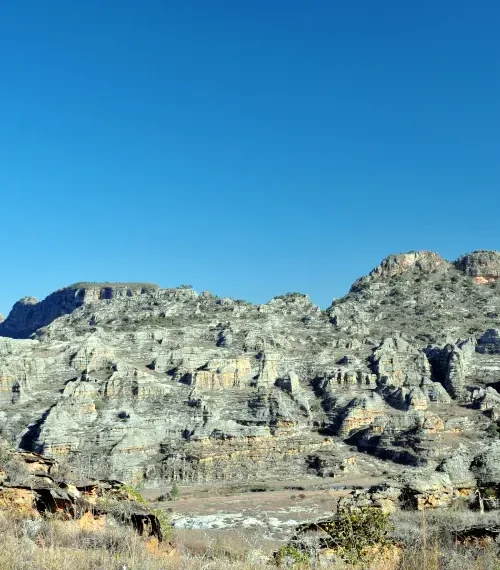
Islands and Oceans
Nosy Be and Mitsio
Nosy Be drifts off Madagascar’s north-west coast, its volcanic hills perfumed with ylang-ylang and cacao. Paddle a pirogue across Lokobe Reserve’s calm mangrove lagoon, where black lemurs vault through the canopy and panther chameleons swivel turquoise eyes at passing insects. Beneath the hull, juvenile reef fish weave through seagrass beds that local guides monitor for health.
A one-hour speedboat hop north reaches the uninhabited Mitsio Islands, where basalt columns rise from cobalt sea. Coral gardens shelter bannerfish, eagle rays and, from September to December, visiting manta rays. Local fishermen demonstrate reef-friendly hand-line techniques, and at sunset, you can enjoy grilled trevally as a reminder that sustainable methods protect marine life while sustaining local livelihoods.
Île Sainte Marie
Île Sainte Marie lies off Madagascar’s east coast, swapping ocean swell for calm channels and cars for bicycles.
Between June and September, humpback whales leave Antarctica to calve in these sheltered waters. Tour boats stop 100 metres from the pods, engines off. Researchers lower hydrophones to record songs while visitors watch in near silence. Part of every ticket funds whale surveys and trains local crews in safe guiding.
Back on shore, sandy tracks pass vanilla vines and a moss-covered pirate cemetery that leans toward the sea. A short swim from the beach, bright wrasse and sea turtles patrol coral heads. Fewer than a thousand guest beds keep tourism gentle, perfect for travellers who favour quiet days and a light footprint.
Interested in Exploring the Best Places to Visit in Madagascar?
Journeys With Purpose offers private, conservation-focused adventures in Madagascar, with tailor-made itineraries built around your passions. We also plan hosted journeys – get in touch with our expert travel specialists today on +44 20 8044 9538 or at connect@journeyswithpurpose.org.
